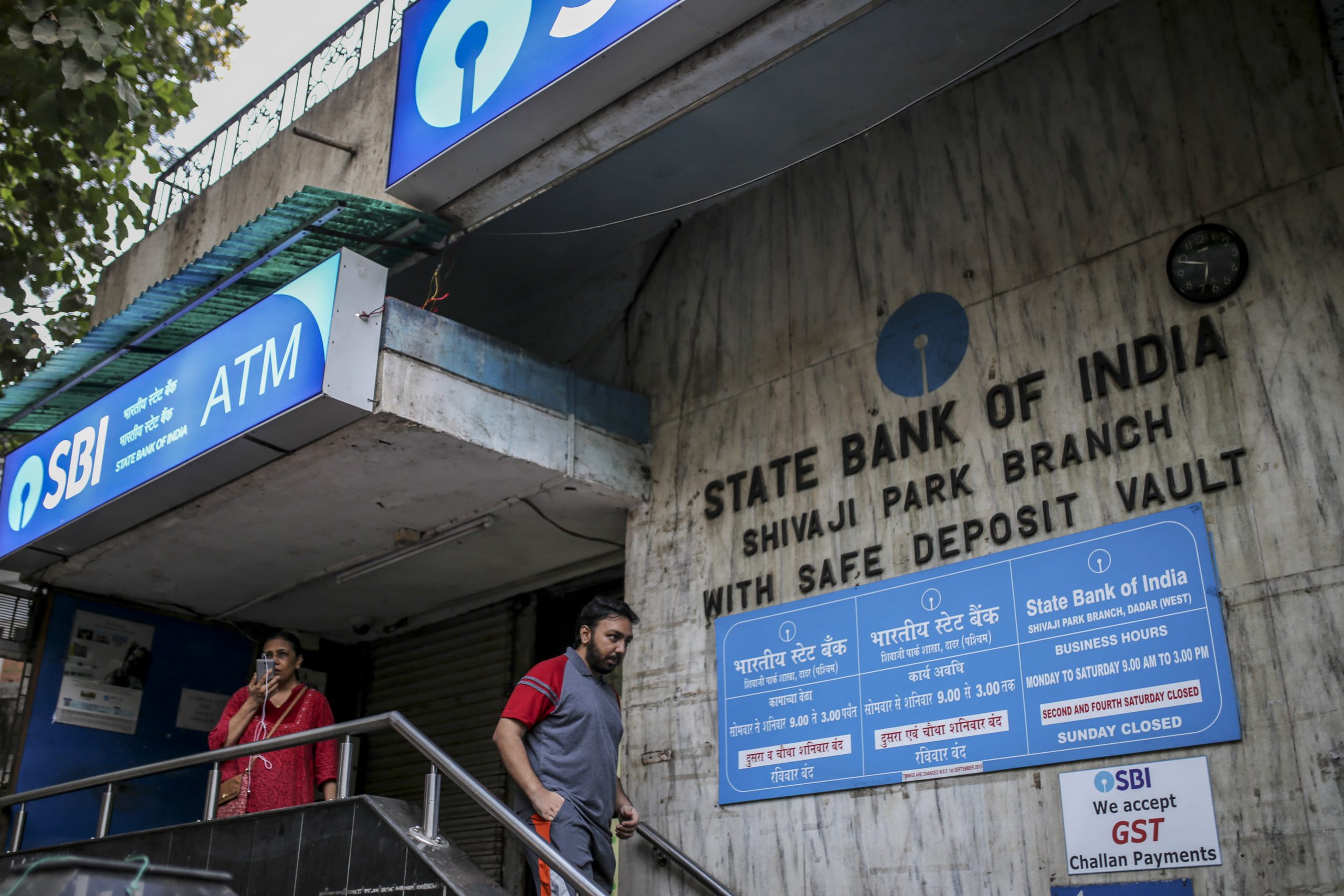India’s troubled shadow banking sector is not out of the woods yet, but it may be in a “much better position” than before, said the chairman of the country’s largest public lender.
Rajnish Kumar, chairman of the State Bank of India, acknowledged that India’s non-bank financial companies (NBFCs) — often referred to as shadow lenders — faces funding challenges, but he struck an optimistic tone about the outlook.
Shadow banking refers to often high-yield lending undertaken by NBFCs that takes place outside the regular banking sector. They are not subject to strict regulation and can sometimes be risky.
Some (NBFCs) which may be weak or facing solvency issues, that may still be a cause of concern and that needs to be washed out. But today, we’re in a much better position.
Rajnish Kumar
chairman of the State Bank of India
“In the last two years, we have been doing clean-up and clean-up. So we are coming out of that,” Kumar told CNBC’s Karen Tso at the World Economic Forum in Davos, Switzerland earlier this week.
“Some (NBFCs) which may be weak or facing solvency issues, that may still be a cause of concern and that needs to be washed out. But today, we’re in a much better position,” he said.
India’s non-bank financial sector has been facing a crisis in the past few years, with many non-bank lenders struggling with bad assets and corporate governance issues.
Non-bank lenders dish out long-term loans to companies and fund them by taking short-term loans from banks and mutual funds. But many of those companies that borrowed money from the shadow lenders defaulted on payments, and left the NBFCs unable to service loans they took from the banks and mutual funds.
One high-profile case was when the government took over operations at a financing firm, called Infrastructure Leasing and Financial Services, after they defaulted in 2018. Another company — Dewan Housing Finance — had multiple defaults on interest payments last year, citing cashflow problems.
That led to India’s central bank warning last year that the collapse of a large Indian non-bank financial company could inflict as much damage as that of a commercial bank.
Now the shadow banks are becoming more strategic in raising funds, according to Kumar.
“They have been able to raise funds in international markets, they have been able to raise funds in equity markets. I don’t think that we need to take such a gloomy view, but I would not say that we just don’t keep an eye or don’t be watchful,” he said. “My assessment is … we’re much more confident than we were six months ago.”
India’s banks have also been laden by debt and are said to have the highest exposure to bad loans. But the government has pumped billions of dollars to help those troubled lenders, in exchange for them implementing reforms.
Those reforms are set to strengthen the sector over the next few years, analysts have said.
Last December, the Reserve Bank of India said that India’s financial system “remains stable” even as domestic growth is weakening. It said the resilience of the bank sector has improved following a restructuring of public sector banks.


 Signal2forex.com - Best Forex robots and signals
Signal2forex.com - Best Forex robots and signals




